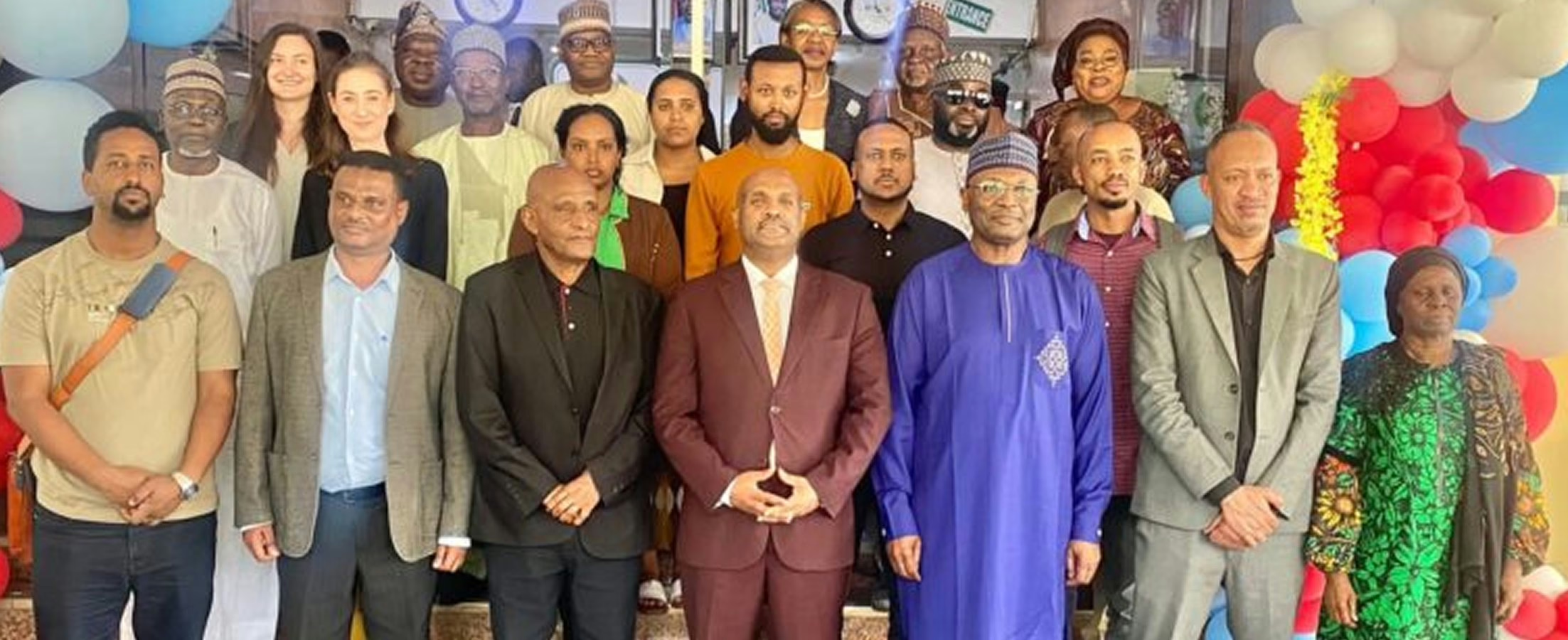In a community-kill-10/” title=”Gunmen Attack in Anambra …: 10 Killed in Deadly Violence”>somber chapter of justice unfolding in Kano, a court has delivered a grave verdict, sentencing a man to death in connection with the murder of a three-year-old girl. This heartbreaking case has gripped the community, spotlighting the relentless pursuit of accountability amid profound tragedy. As the legal process reaches its critical conclusion, the sentence serves as a stark reminder of the weight justice carries when innocent lives are brutally taken.
Court Delivers Capital Punishment in Tragic Case of Young Child
In a verdict that has stirred mixed emotions across Kano, justice has been firmly served in a heartbreaking incident involving the untimely death of a three-year-old girl. The presiding court found the accused guilty beyond doubt, delivering the death sentence for the grievous crime. The case highlighted several critical elements that led to the court’s stringent decision, underscoring the judiciary’s commitment to uphold law and order in cases of such profound gravity.
Key factors influencing the sentence included:
- Irrefutable forensic evidence linking the accused to the crime scene.
- Witness testimonies that detailed the tragic event.
- The severity of the offense and its impact on the local community.
The court’s ruling serves as a stern reminder that crimes against the most vulnerable will be met with the highest legal consequences, reinforcing the message that society protects its children at all costs.
Examining the Legal Proceedings and Evidence in Kano Murder Trial
The court meticulously reviewed an array of crucial evidence that ultimately led to the man’s conviction. Key to the prosecution’s case was the forensic report which established a direct link between the suspect and the crime scene. Witness testimonies further painted a detailed timeline, with neighbors recounting suspicious activities on the day of the incident. The defense’s attempts to discredit these accounts failed to introduce any reasonable doubt, solidifying the case against the accused.
- Forensic Analysis: DNA samples matched the defendant.
- Witness Statements: Multiple neighbors observed the suspect near the victim’s home.
- Surveillance Footage: Captured movements around the neighborhood.
- Confession: Partial admission during police interrogation.
| Type of Evidence | Impact on the Trial |
|---|---|
| Physical Evidence | Conclusive |
| Eyewitness Accounts | Supportive |
| Video Footage | Corroborative |
| Defendant’s Statement | Incriminating |
Impact of the Sentence on Community Safety and Public Trust
The severe sentence handed down in this tragic case serves as a crucial marker for community safety, sending a powerful message about the consequences of violent crime. It reinforces the notion that heinous acts, especially those against defenseless children, will be met with the full force of the law. Such rulings can act as deterrents, reminding potential offenders of the serious repercussions awaiting them, thereby fostering a safer environment for families across Kano. This judicial decision underscores the state’s commitment to protecting its citizens and upholding justice.
Moreover, public trust in the justice system is often strengthened when communities see that crimes are neither overlooked nor tolerated. The transparency and decisiveness demonstrated in this case encourage confidence in legal institutions, reminding citizens that their voices are heard and that justice is attainable. Key factors contributing to this increased trust include:
- Swift and transparent legal proceedings
- Clearly communicated verdicts and sentences
- Visible accountability for serious offenses
- Consistent application of the law regardless of the accused’s background
Recommendations for Strengthening Child Protection Laws and Enforcement
Establishing comprehensive frameworks that seamlessly integrate prevention, protection, and prosecution is vital. Legislation must be clear and uncompromising regarding crimes against children, ensuring that penalties are both deterrent and just. Beyond statutory measures, it is imperative to empower law enforcement agencies with specialized training and resources tailored to child protection. This includes setting up dedicated child advocacy units and enhancing coordination with social services to guarantee a swift, empathetic, and effective response to abuse cases.
Community involvement plays a pivotal role in reinforcing legal systems. Awareness campaigns should be intensified to educate families and stakeholders about children’s rights and the importance of reporting suspicions promptly. Collaboratively, these efforts could be summarized as follows:
- Regular training sessions for police and judiciary on child-sensitive handling of cases
- Creation of child-friendly reporting platforms to encourage open communication
- Increased funding for child welfare agencies and rehabilitation centers
- Stronger international collaboration to address cross-border child protection issues
| Key Area | Proposed Action | Expected Outcome |
|---|---|---|
| Legislation | Upgrade laws with harsher penalties | Greater deterrence of offenders |
| Law Enforcement | Specialized child protection units | More effective and sensitive investigations |
| Community | Awareness and education campaigns | Increased reporting and prevention |
| Support Systems | Funding for rehabilitation centers | Holistic care for victims |
Closing Remarks
As the courtroom emptied and the echoes of justice settled, the weight of the sentence served as a solemn reminder of the gravity of loss and the unyielding demand for accountability. In the heart of Kano, where sorrow and justice intersect, this ruling underscores the enduring pursuit of protection for the most vulnerable among us. While no sentence can restore what was taken, it stands as a beacon of resolve that such crimes will meet their due consequence, reflecting society’s collective commitment to safeguarding innocence.



















0 Comments